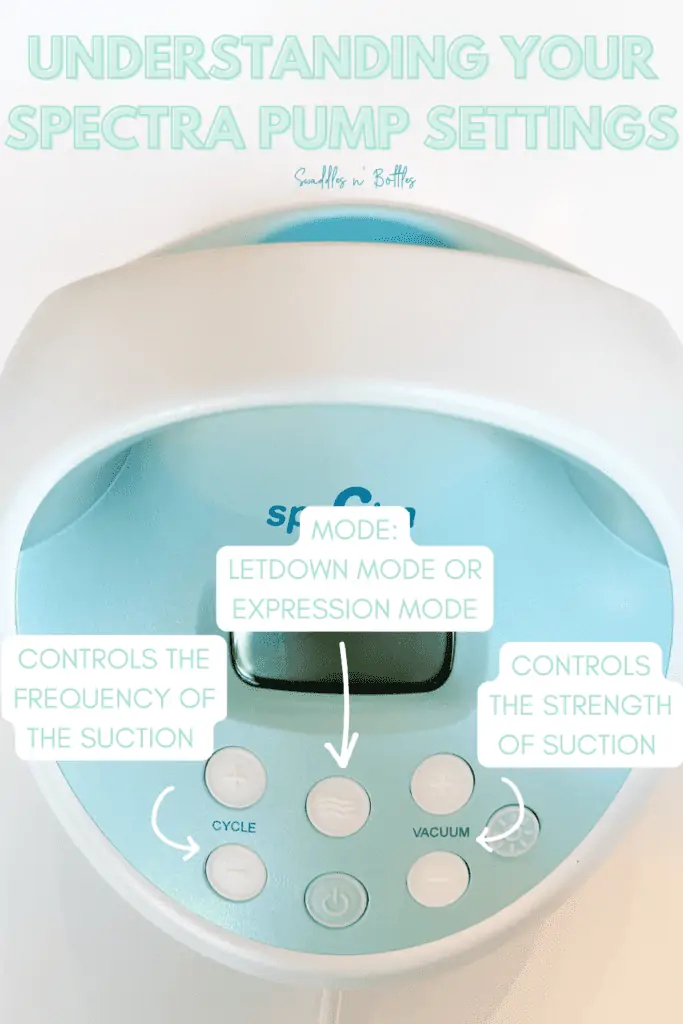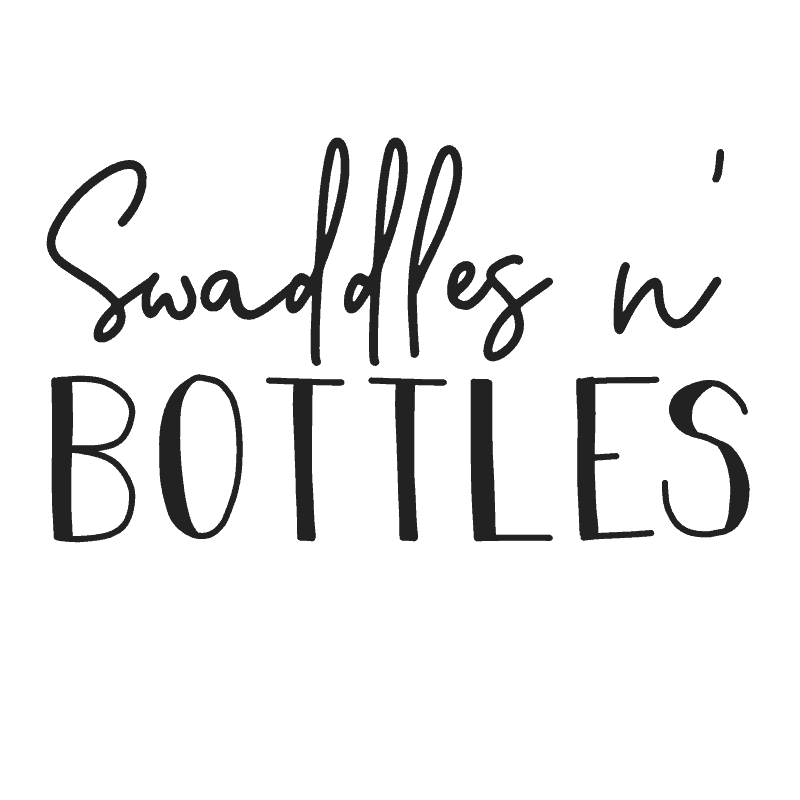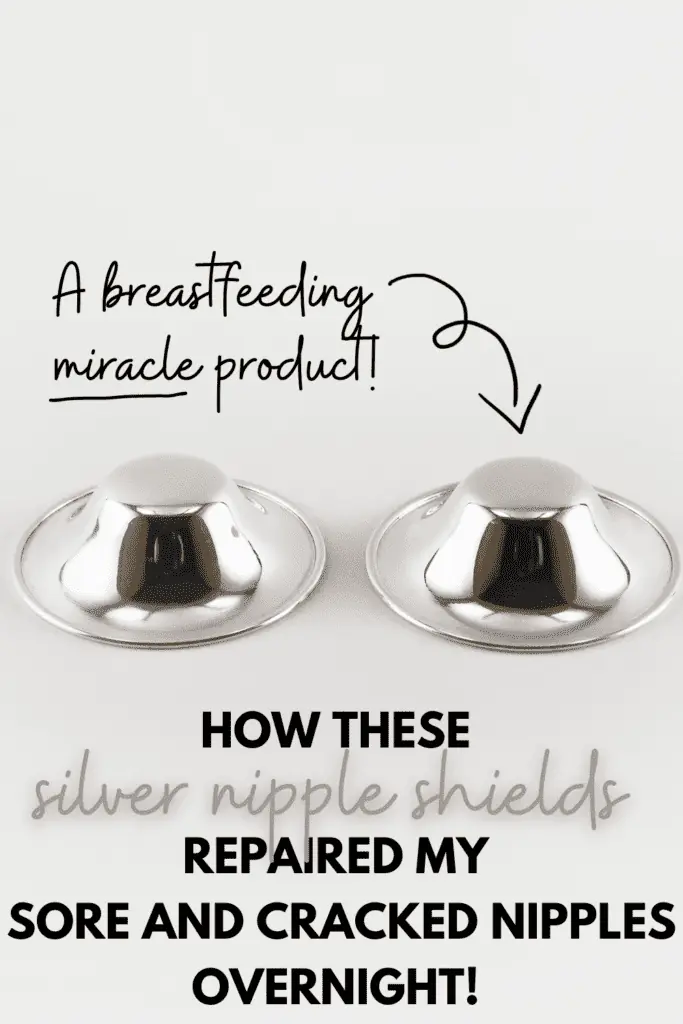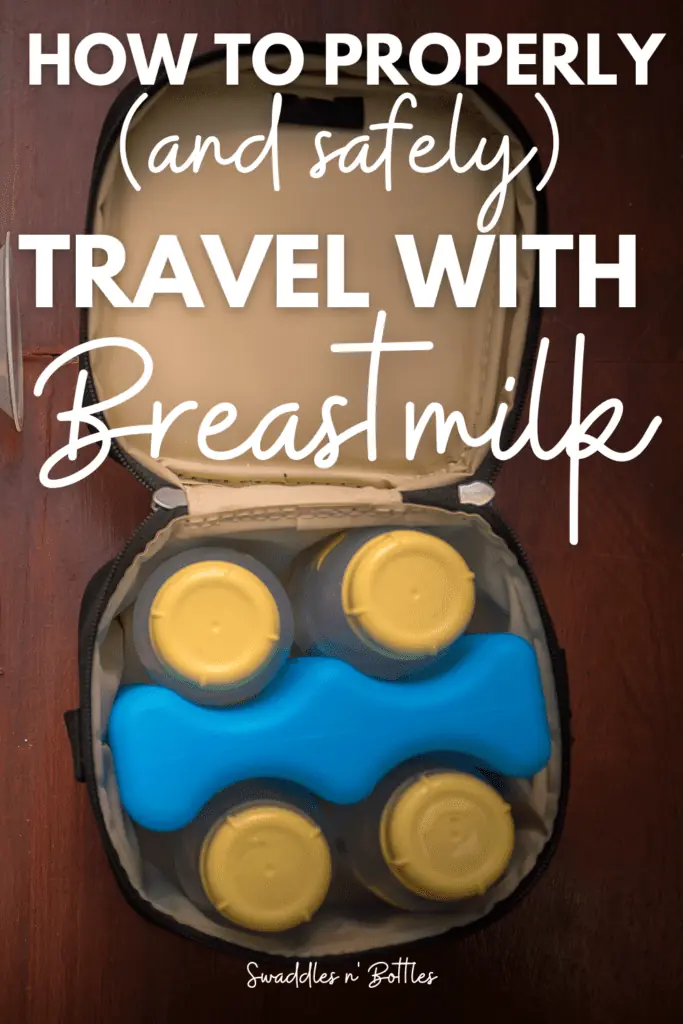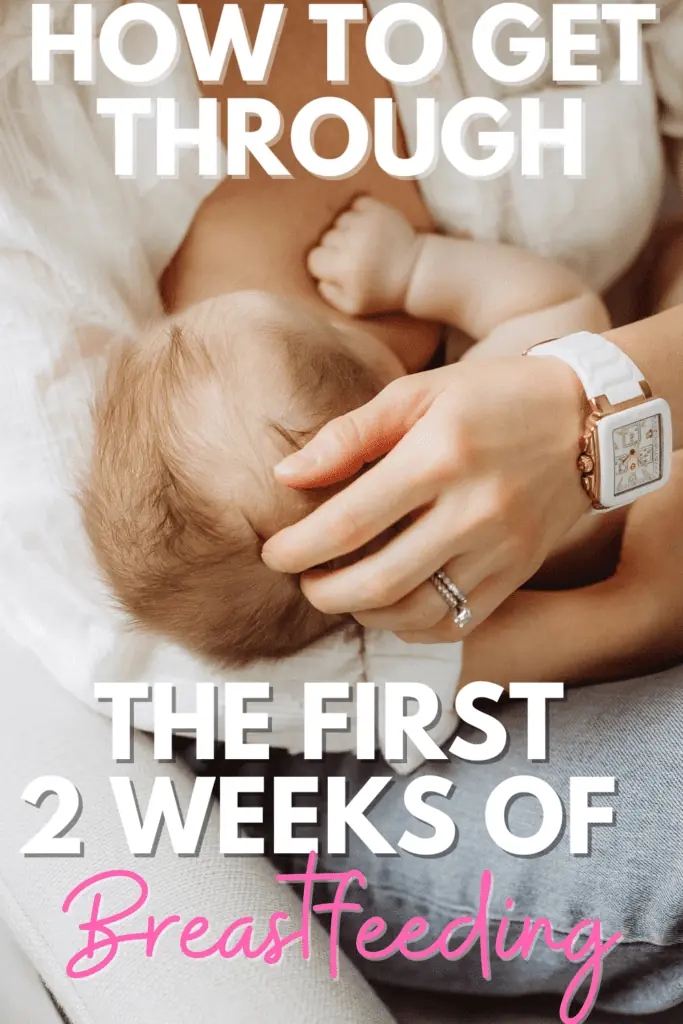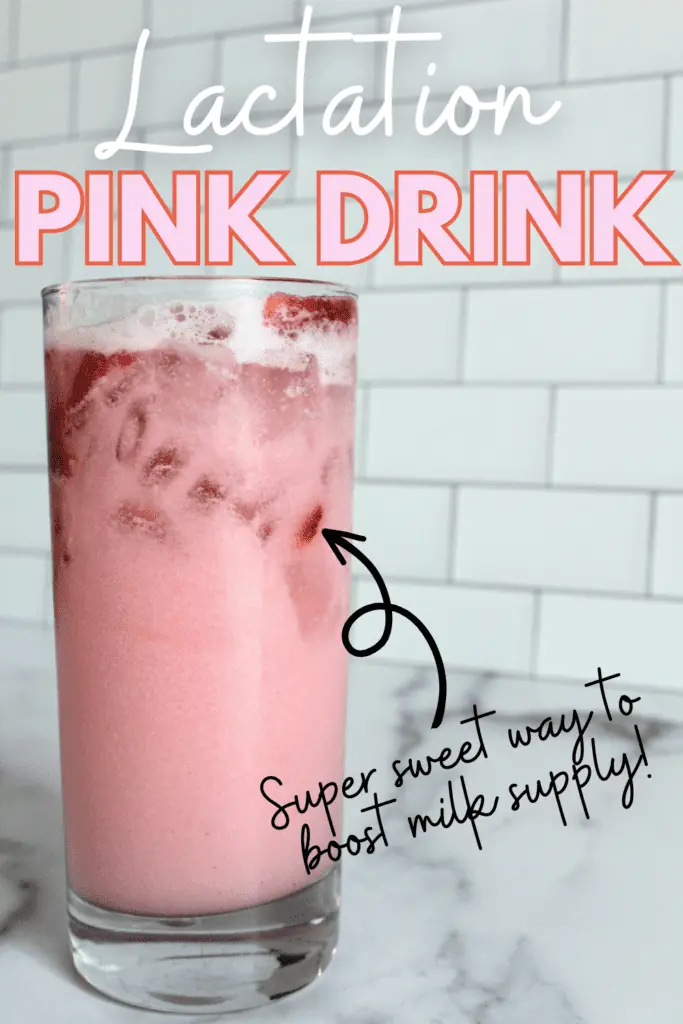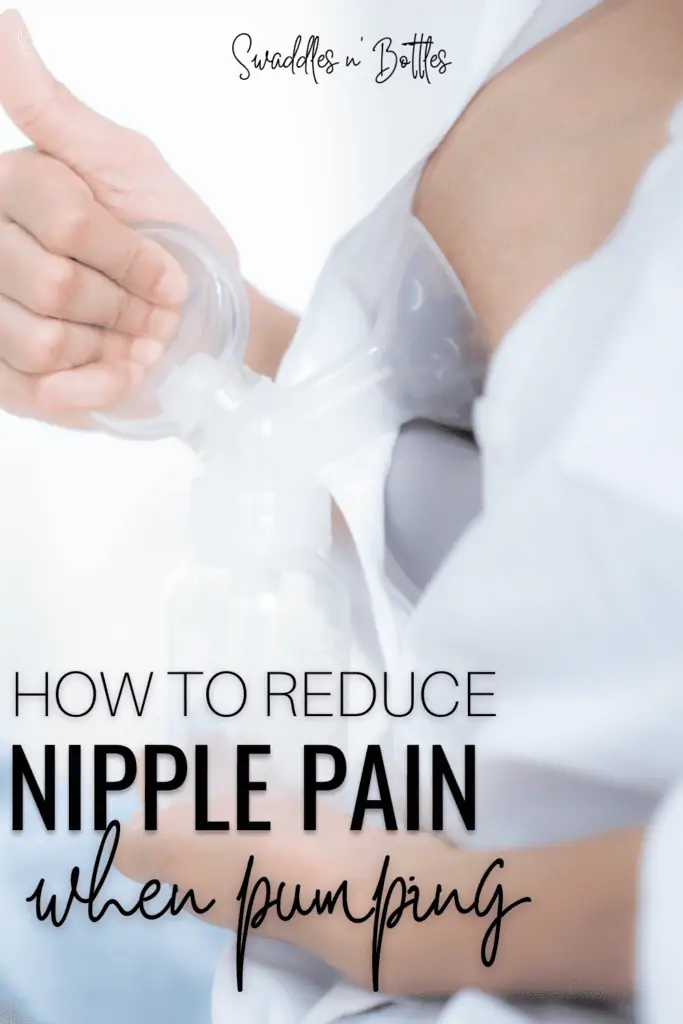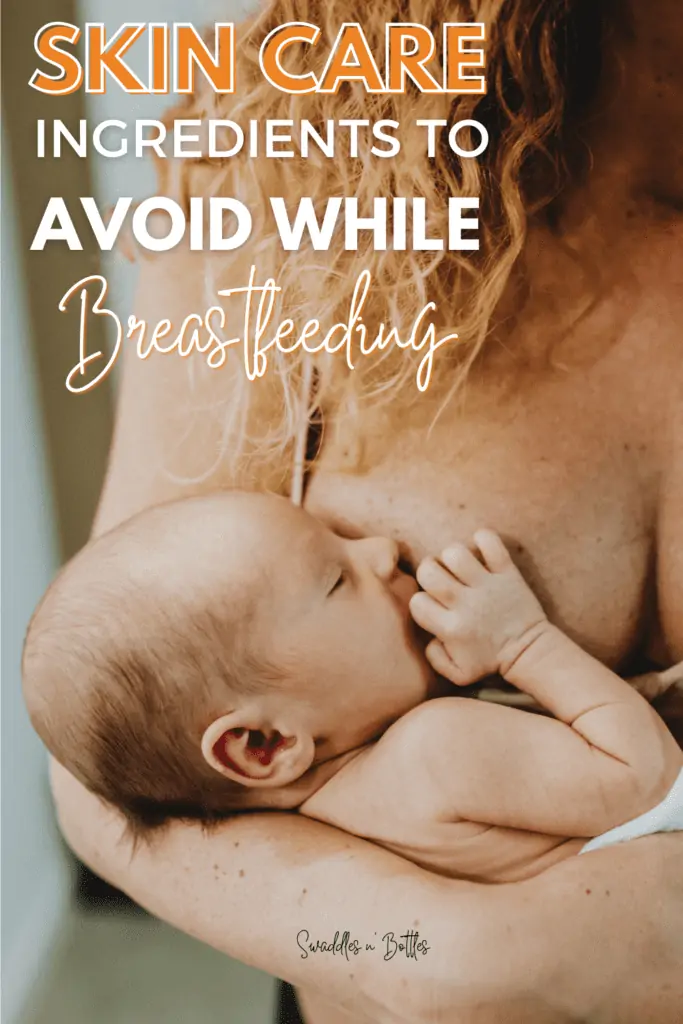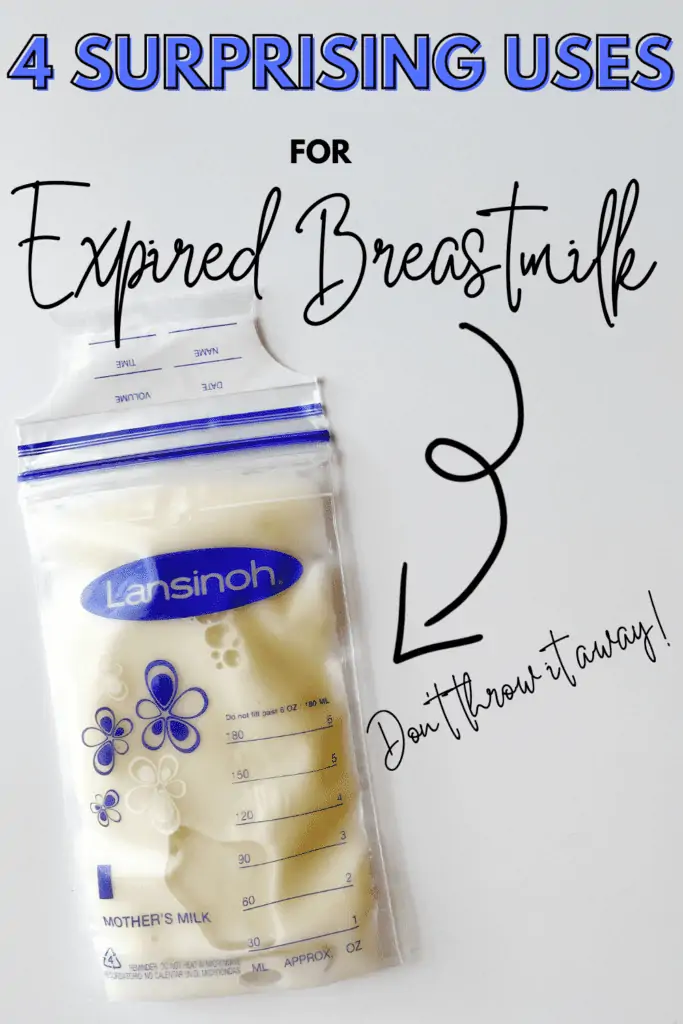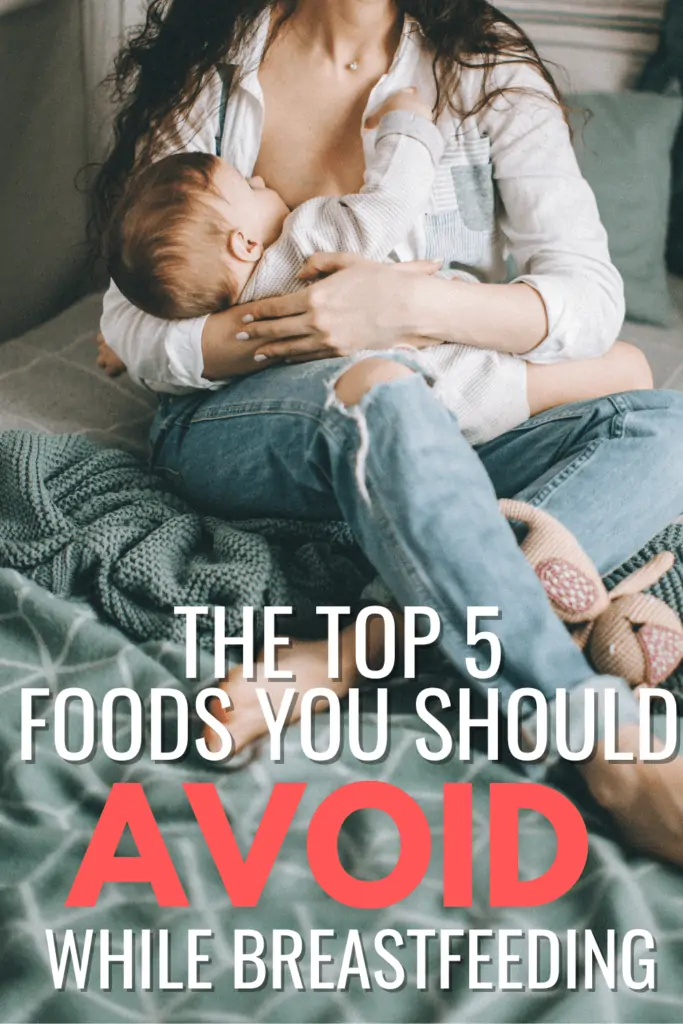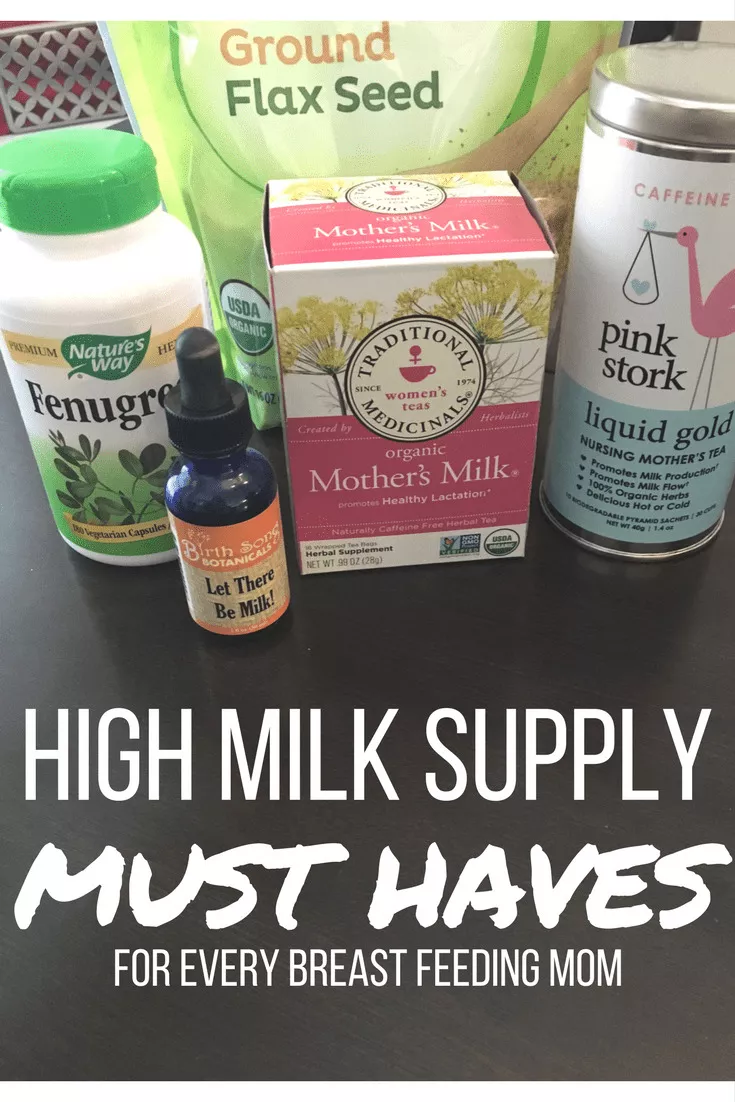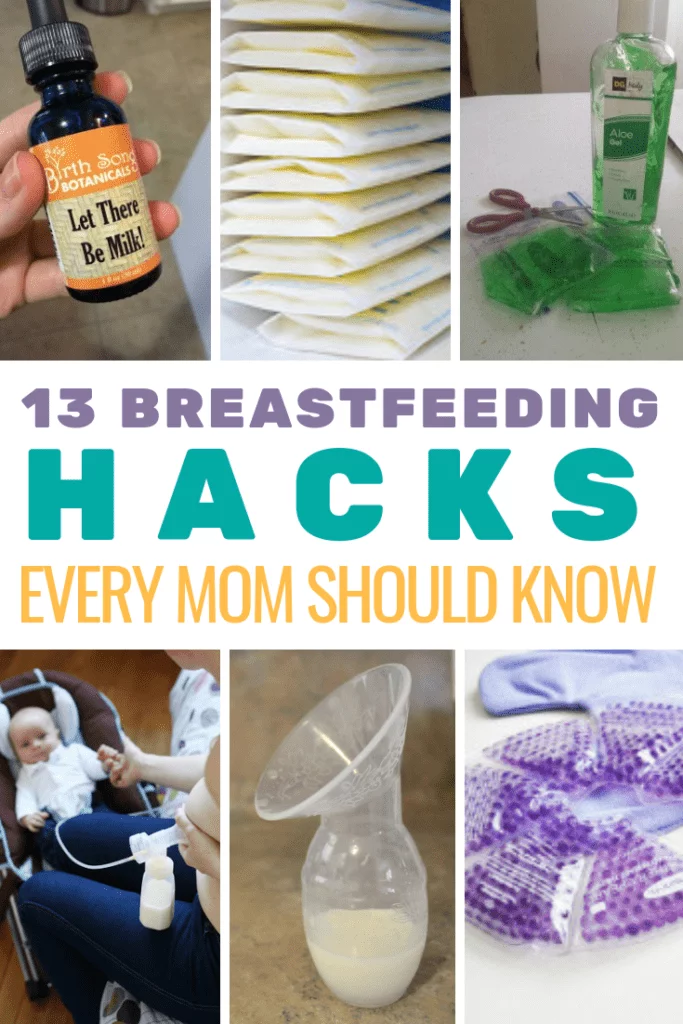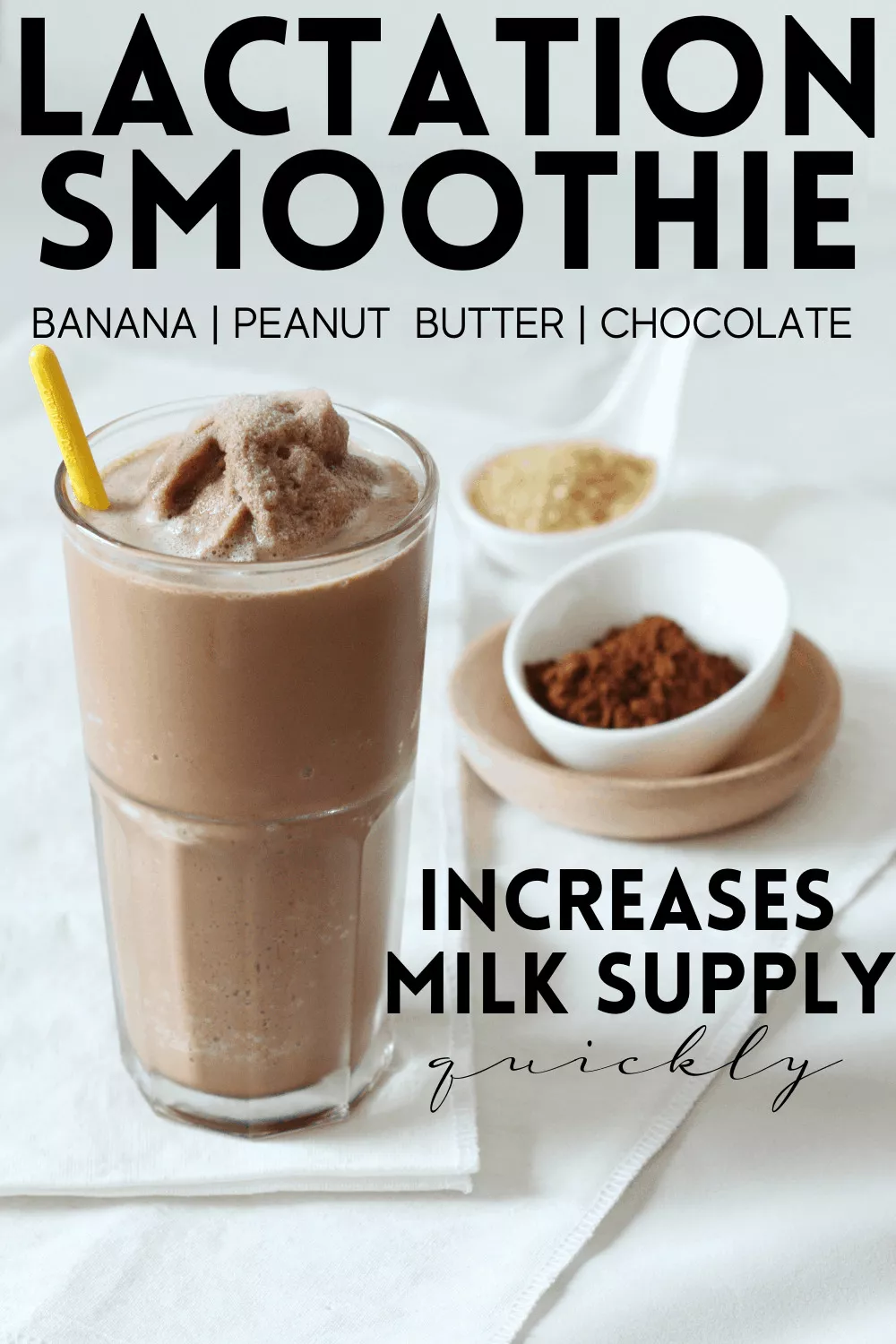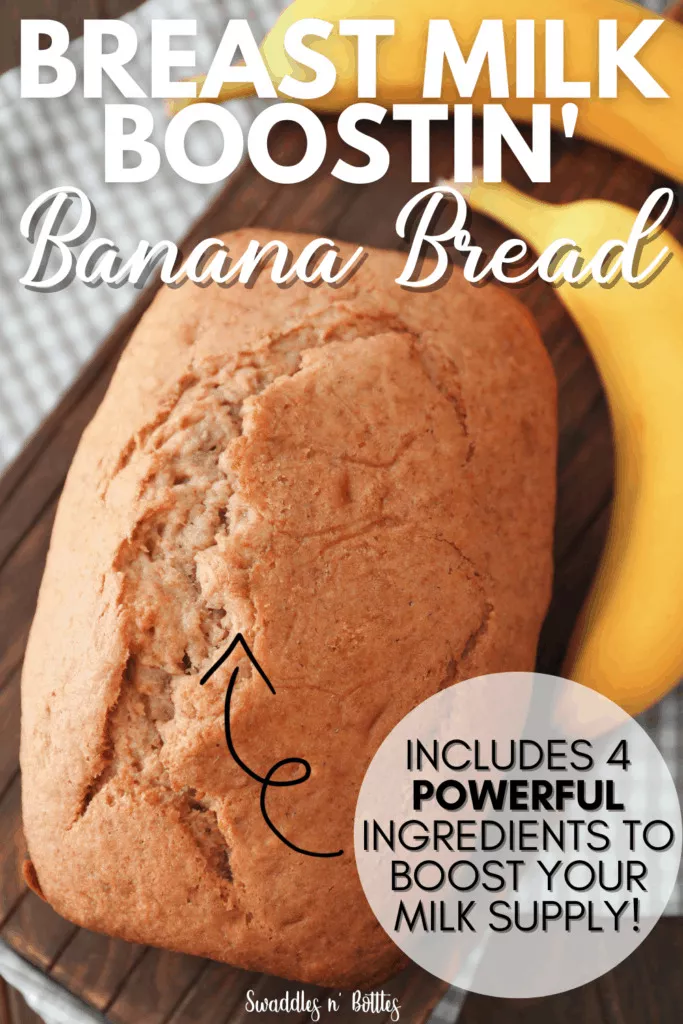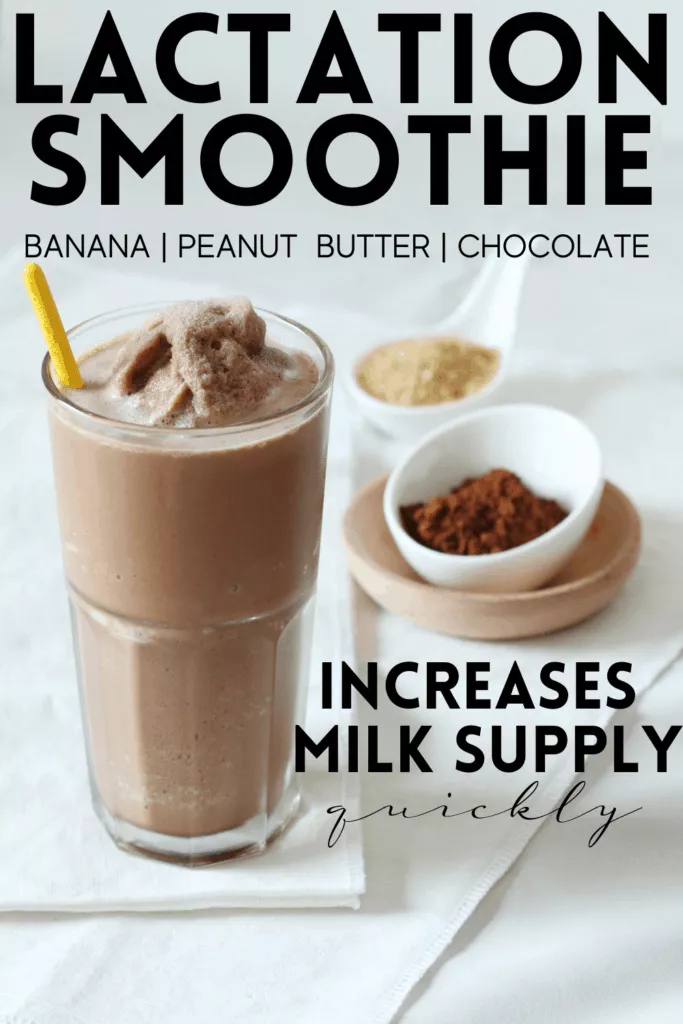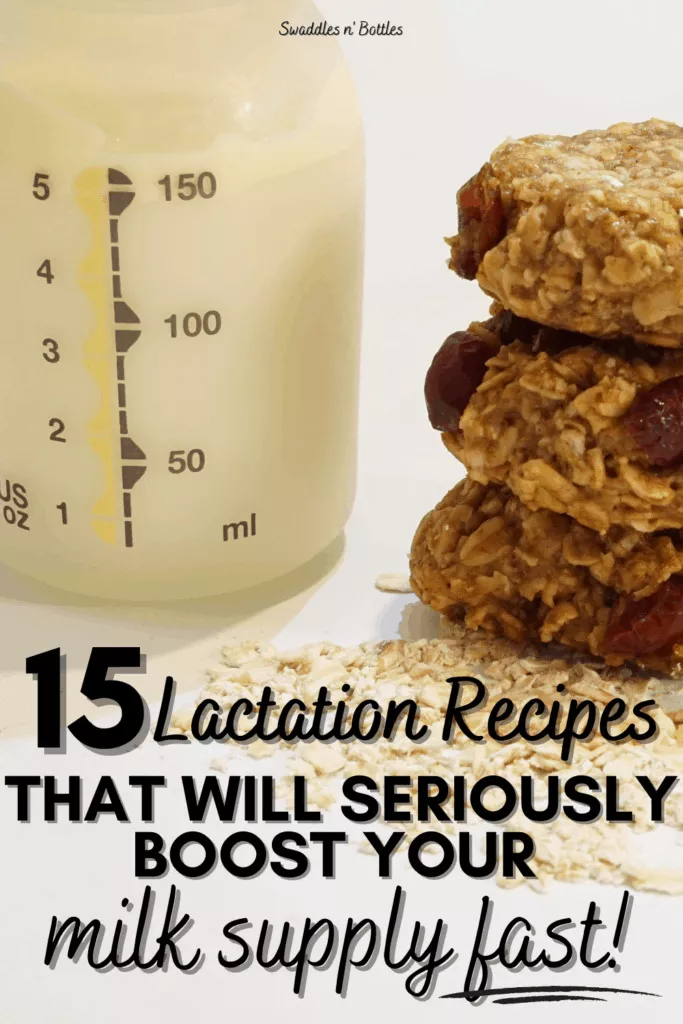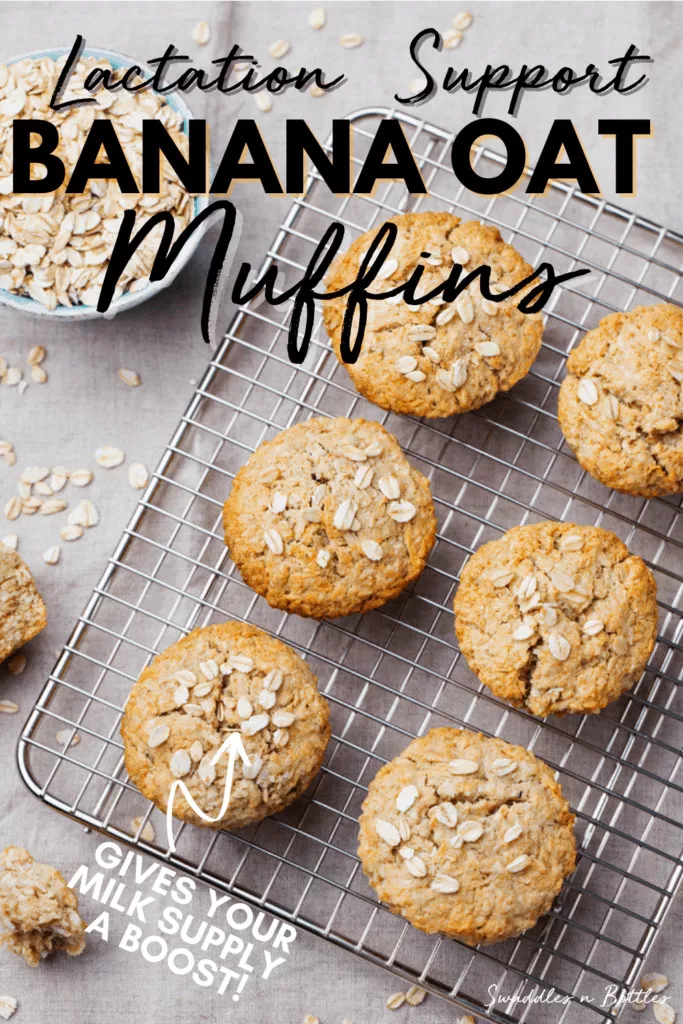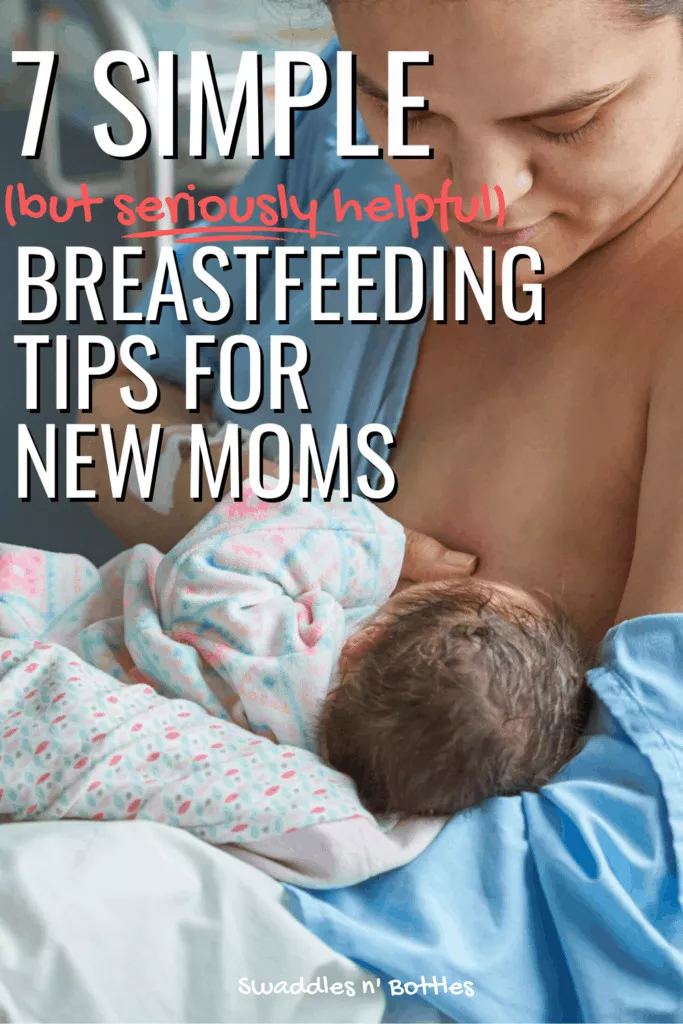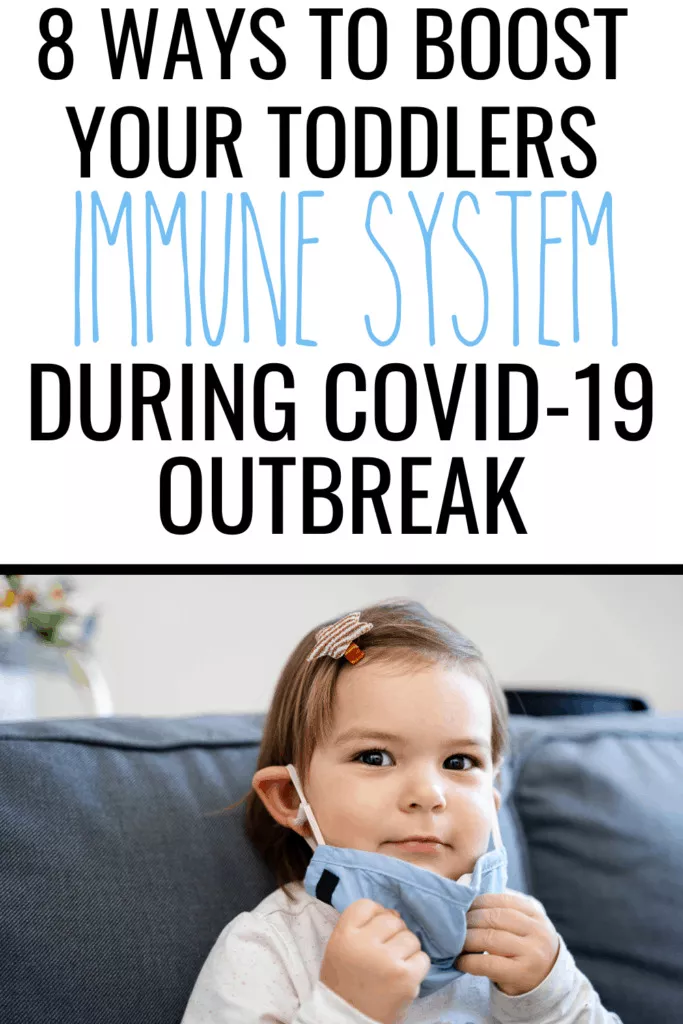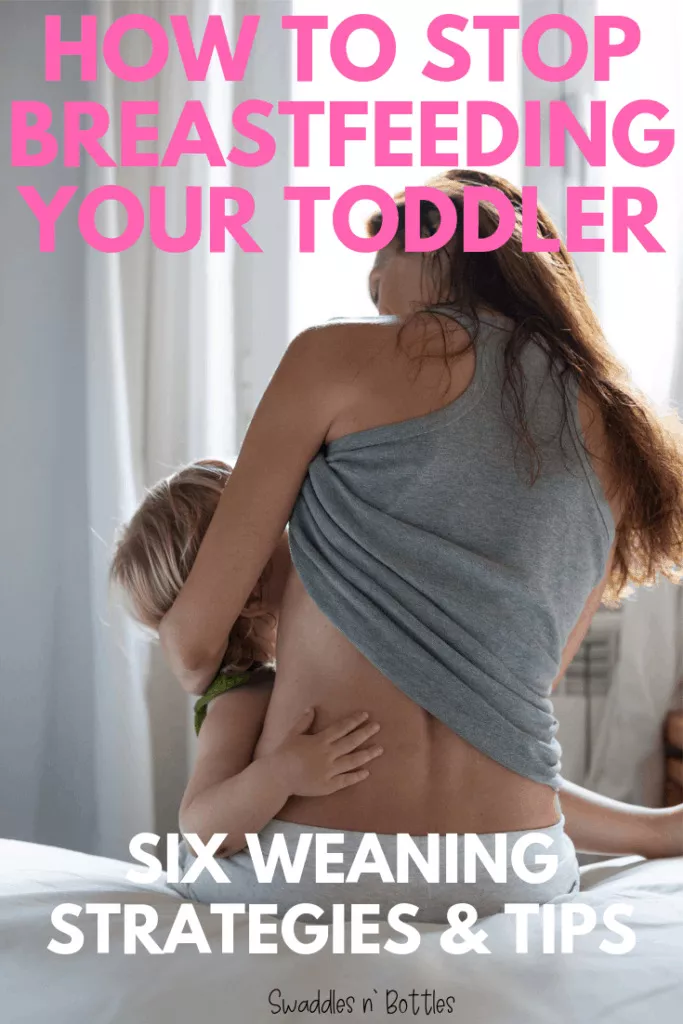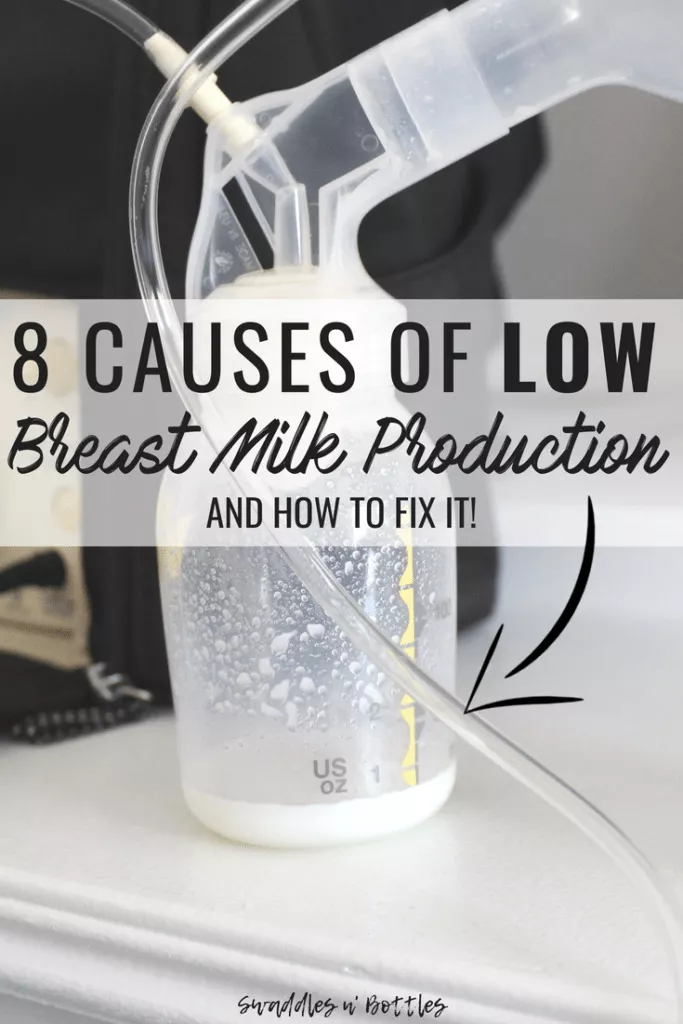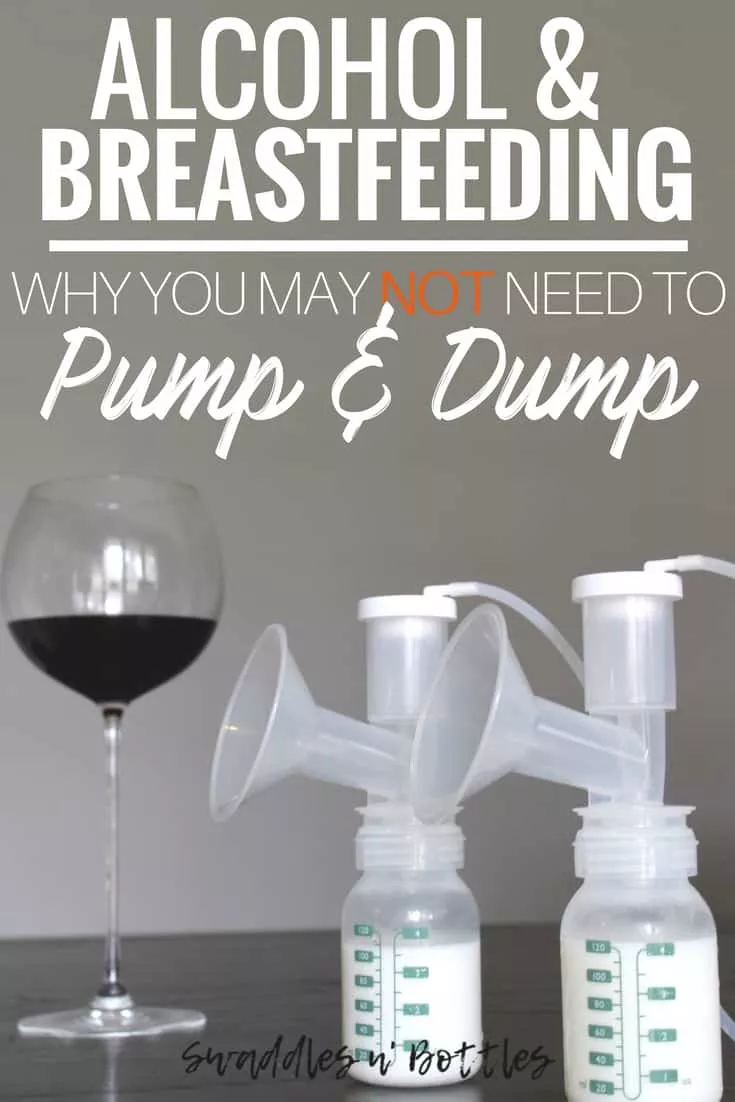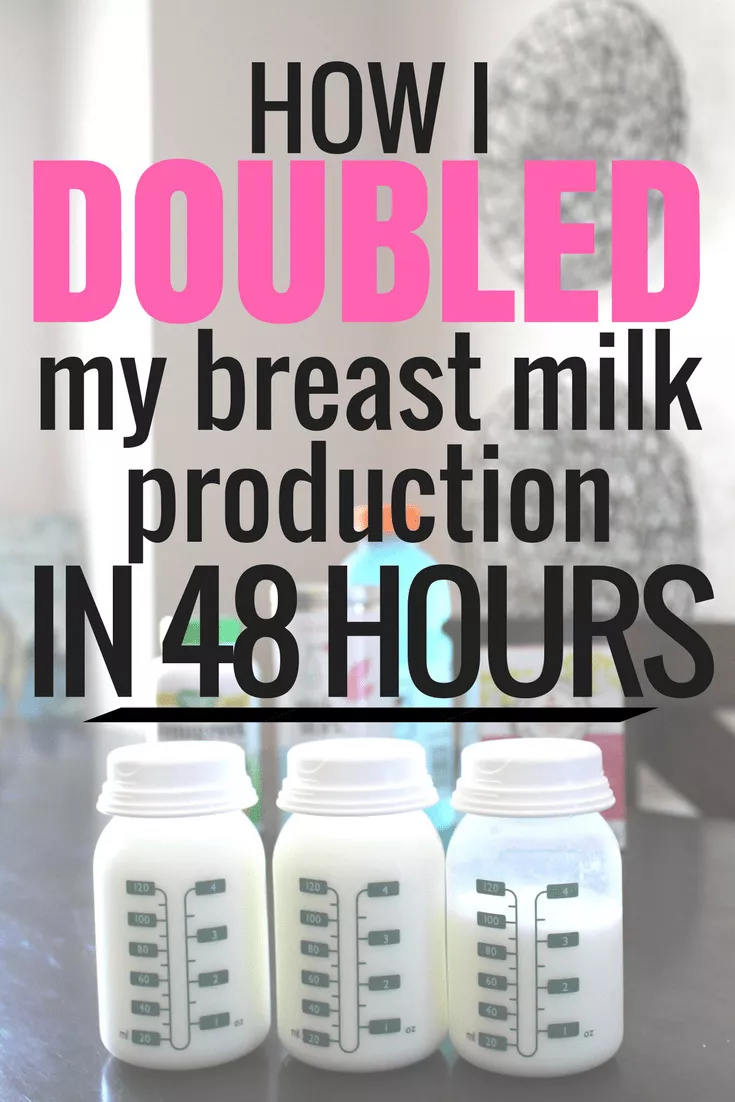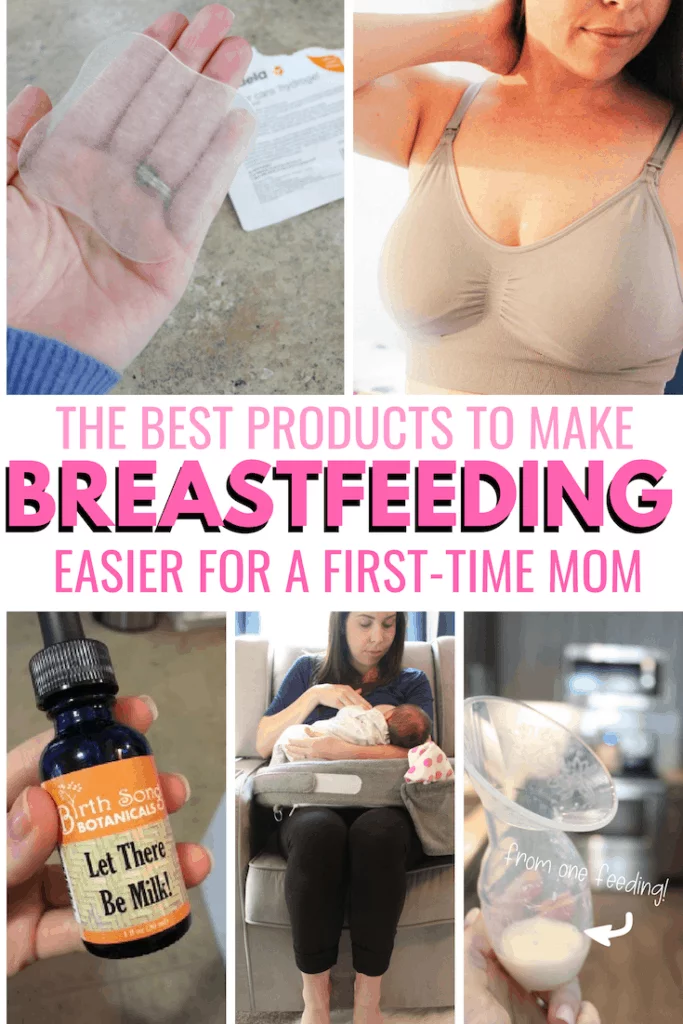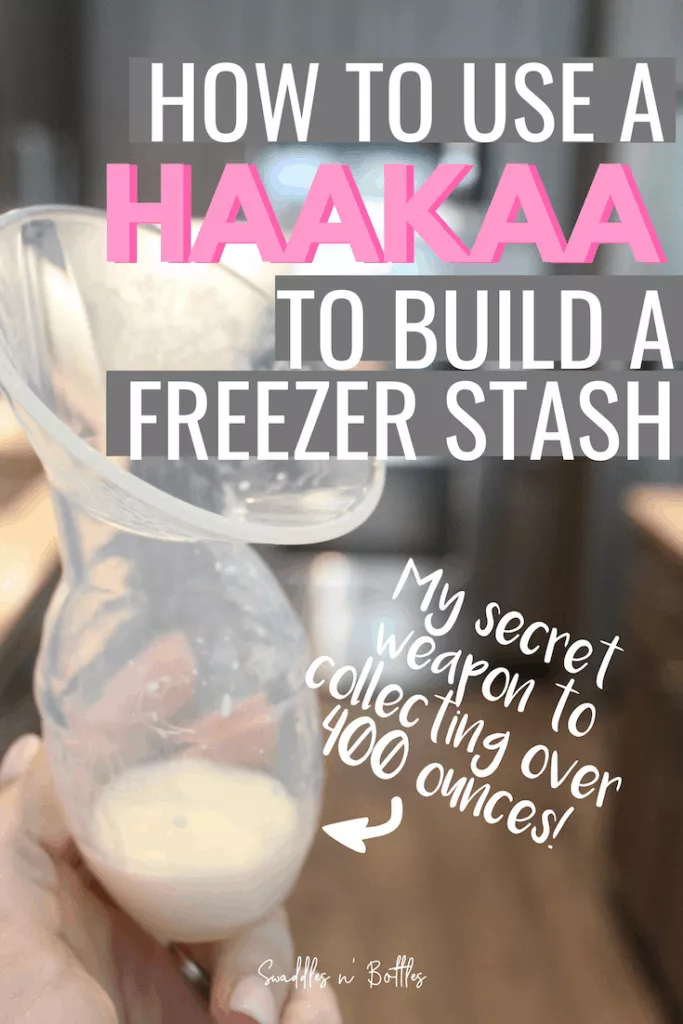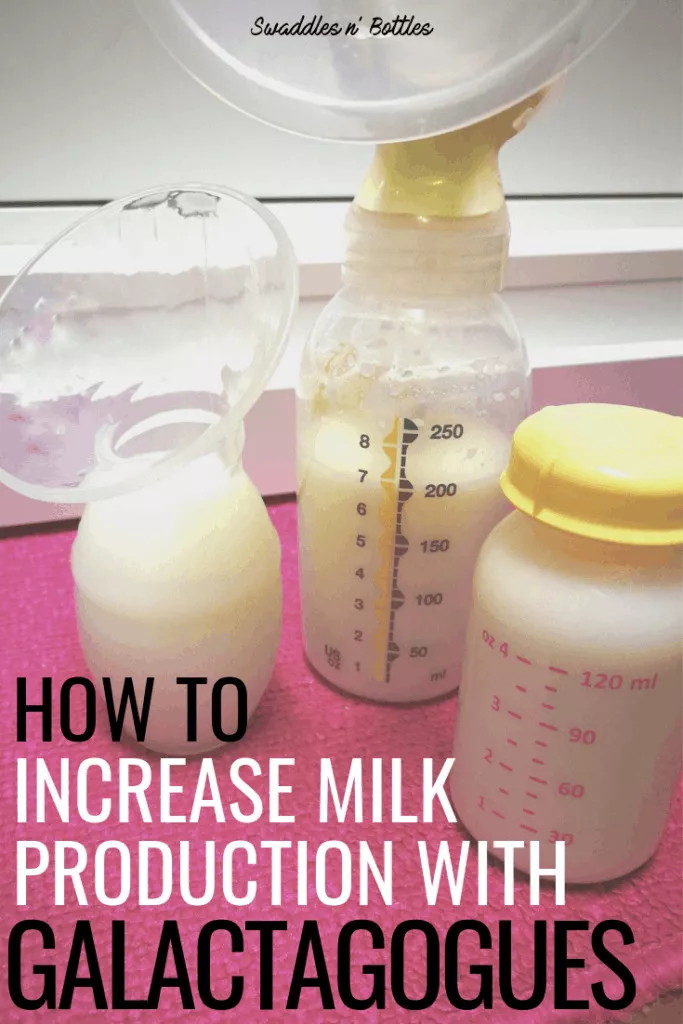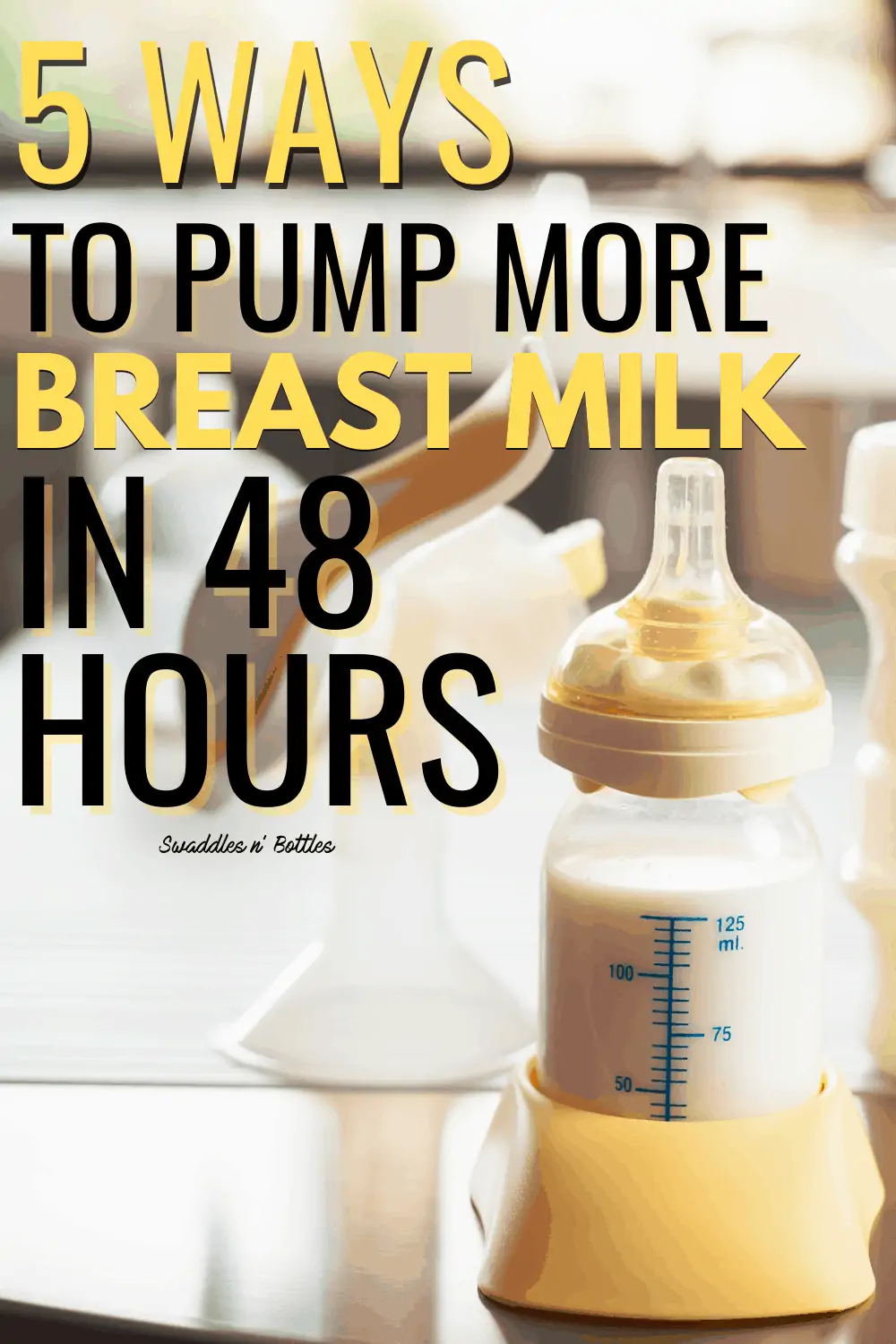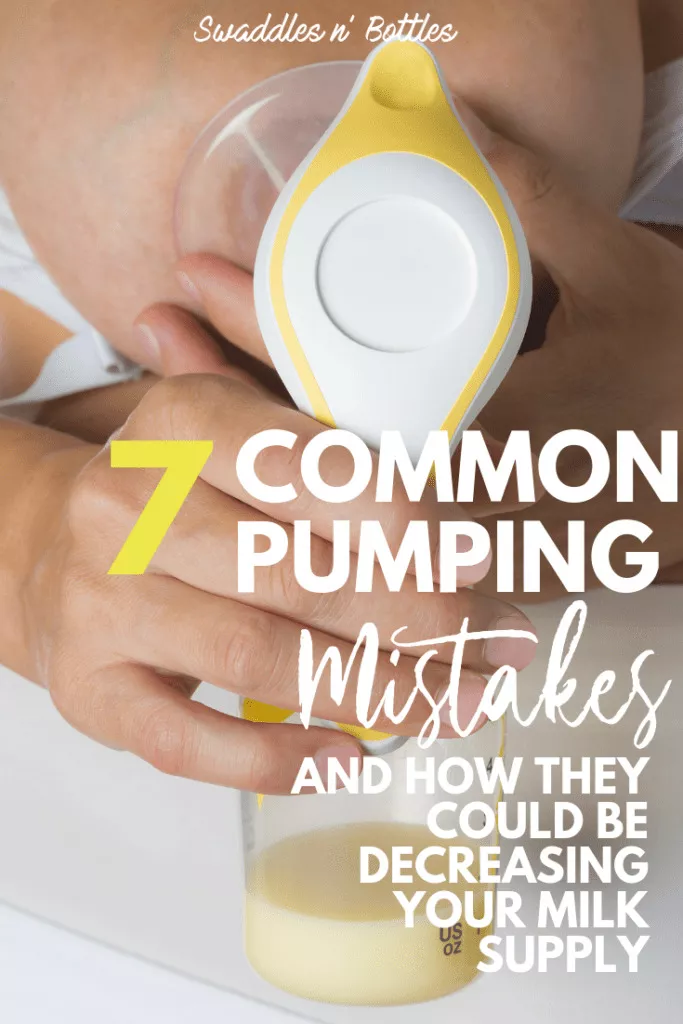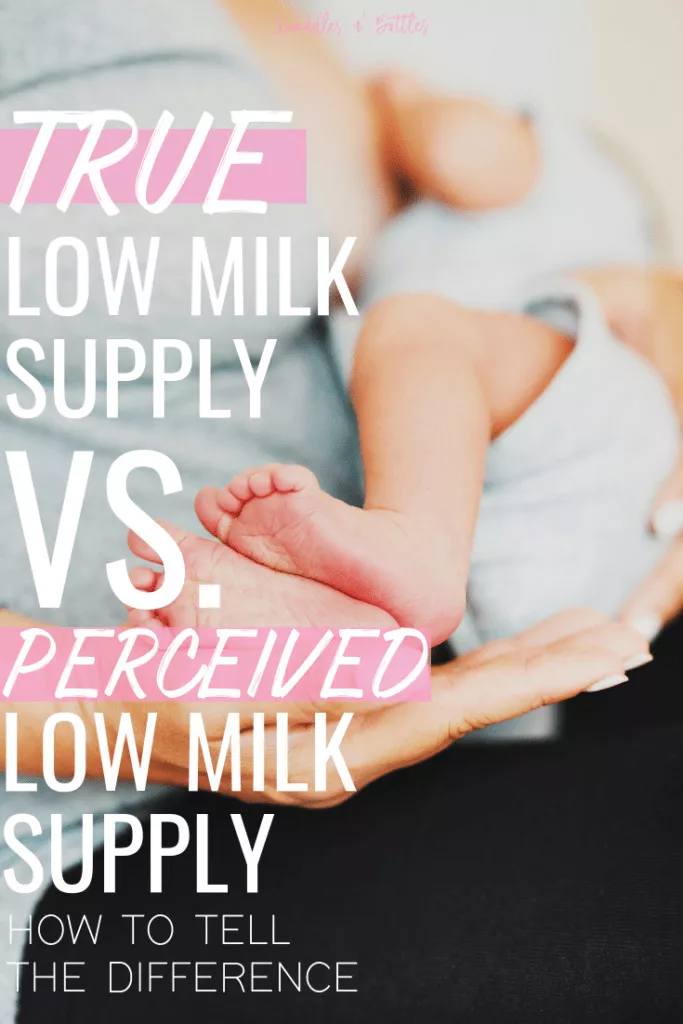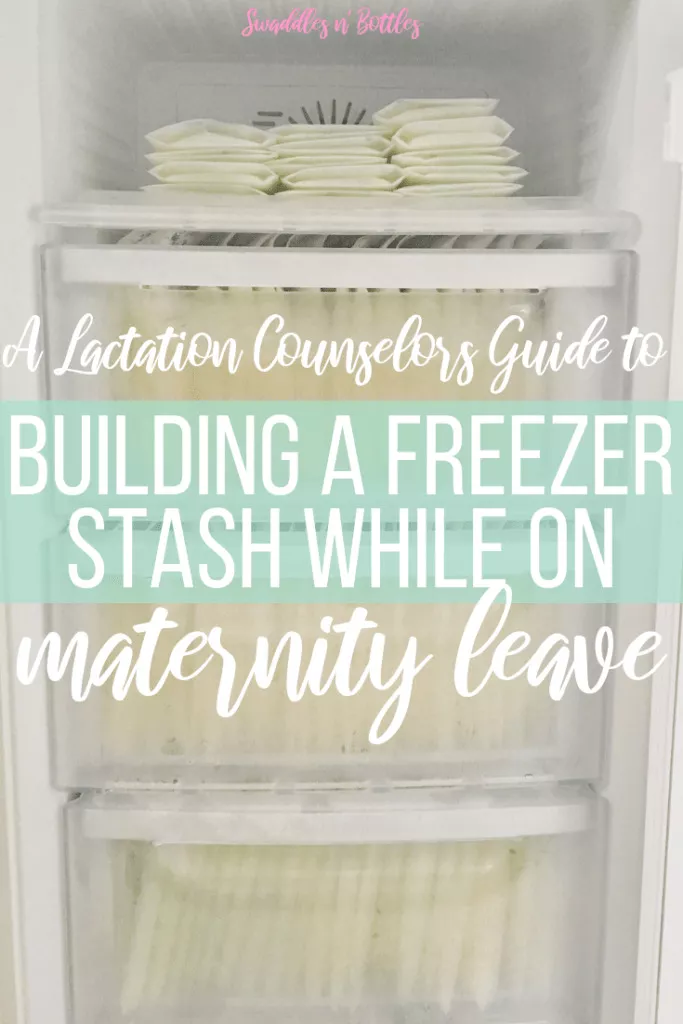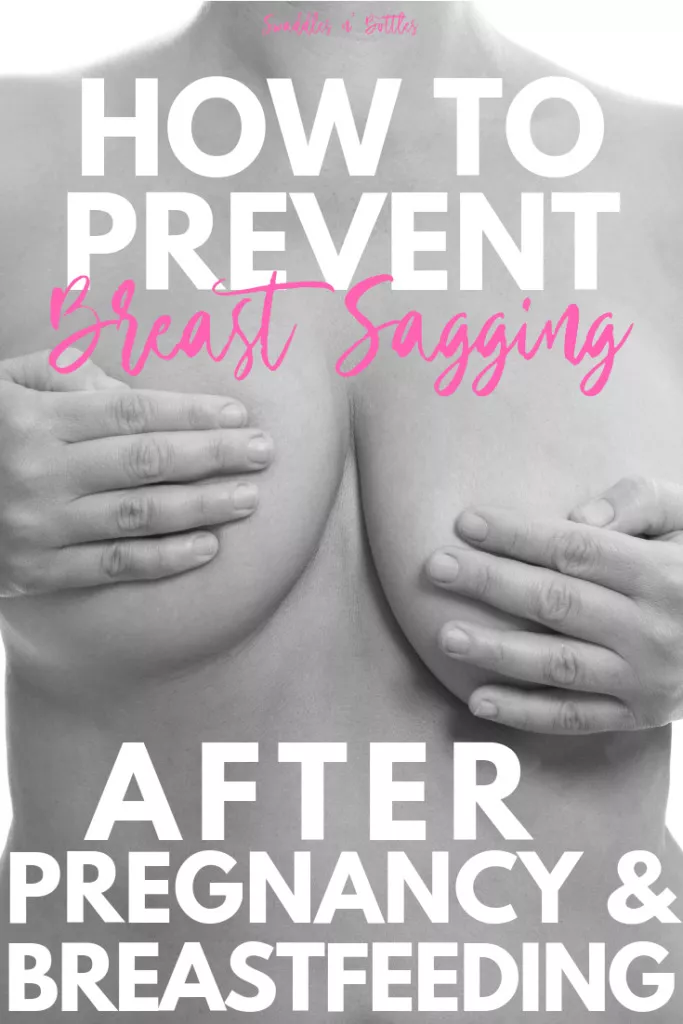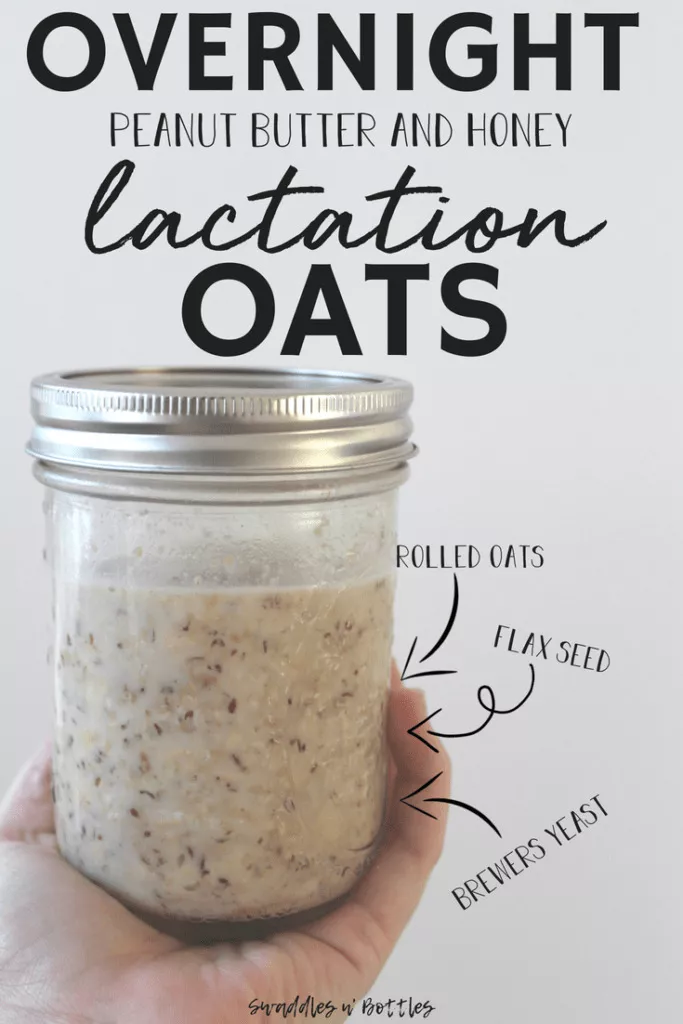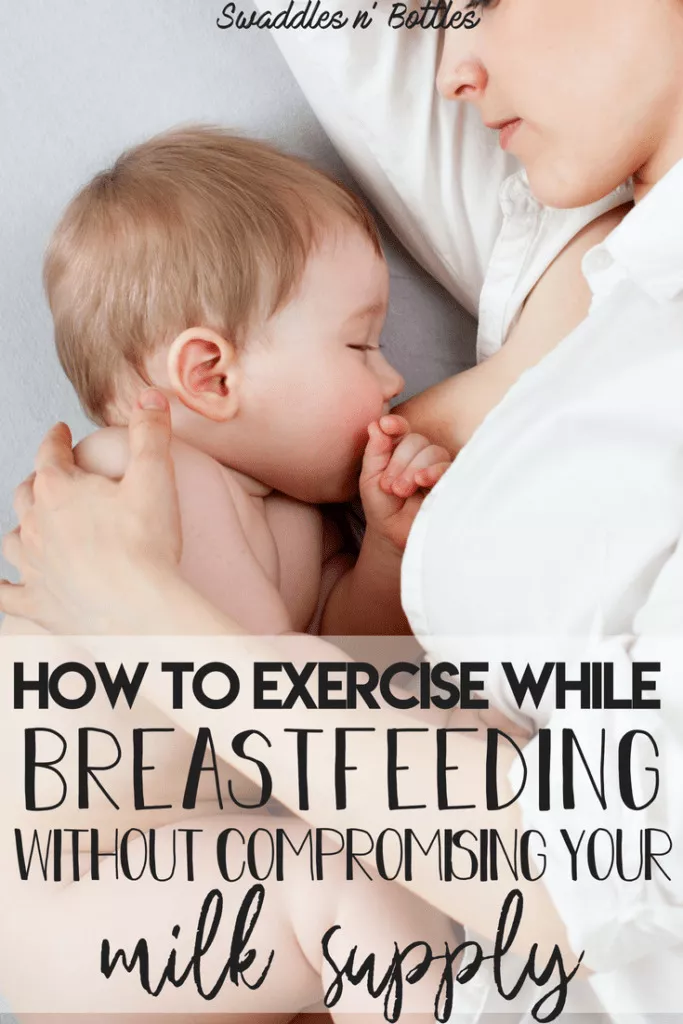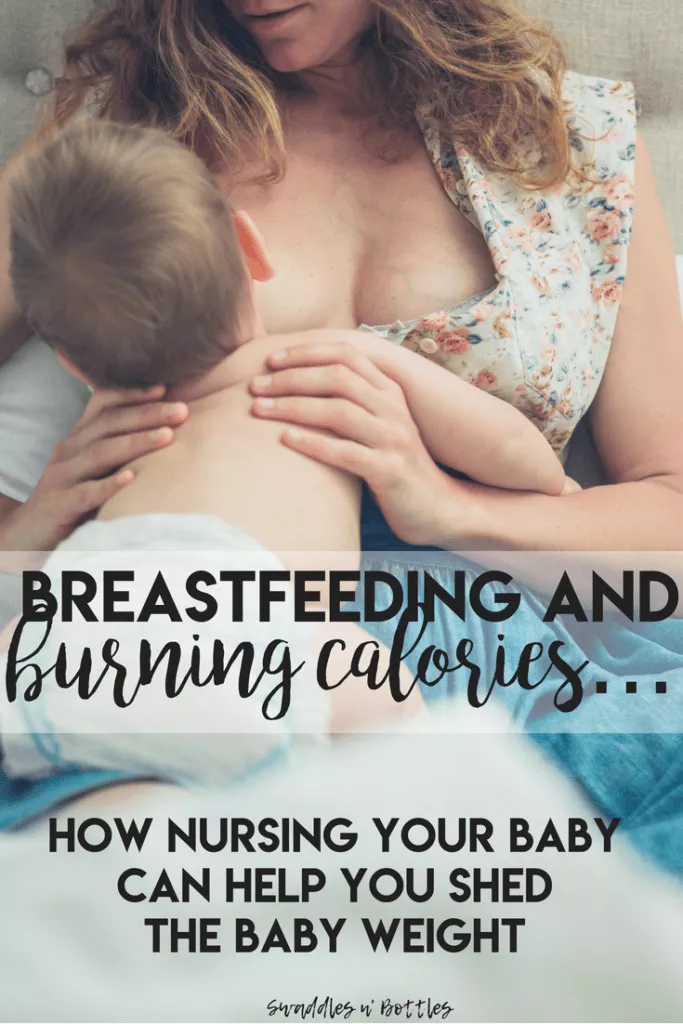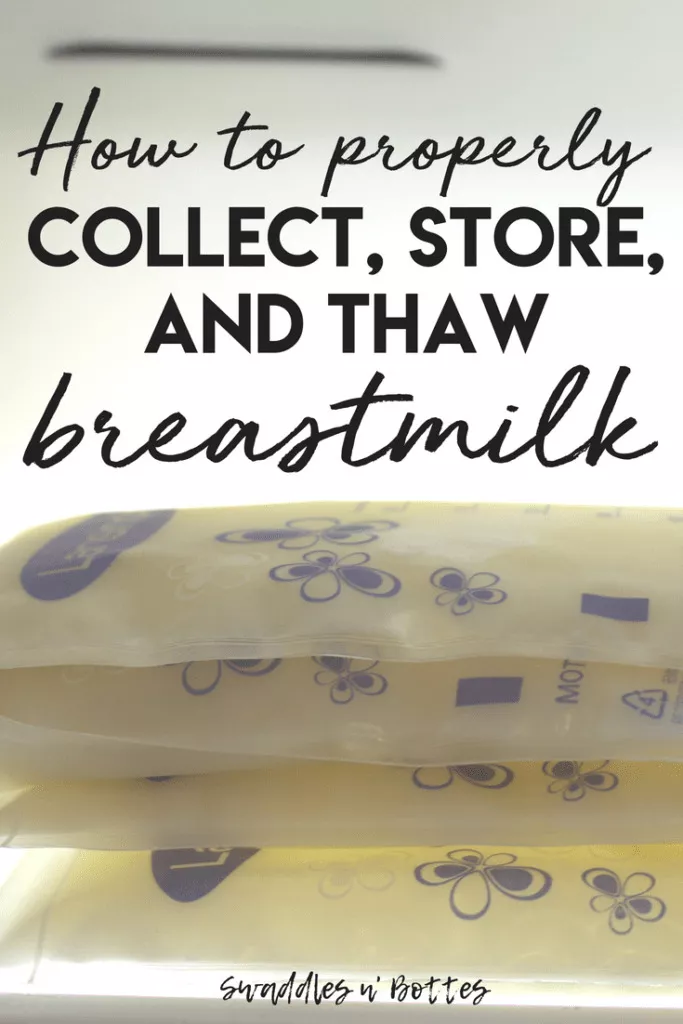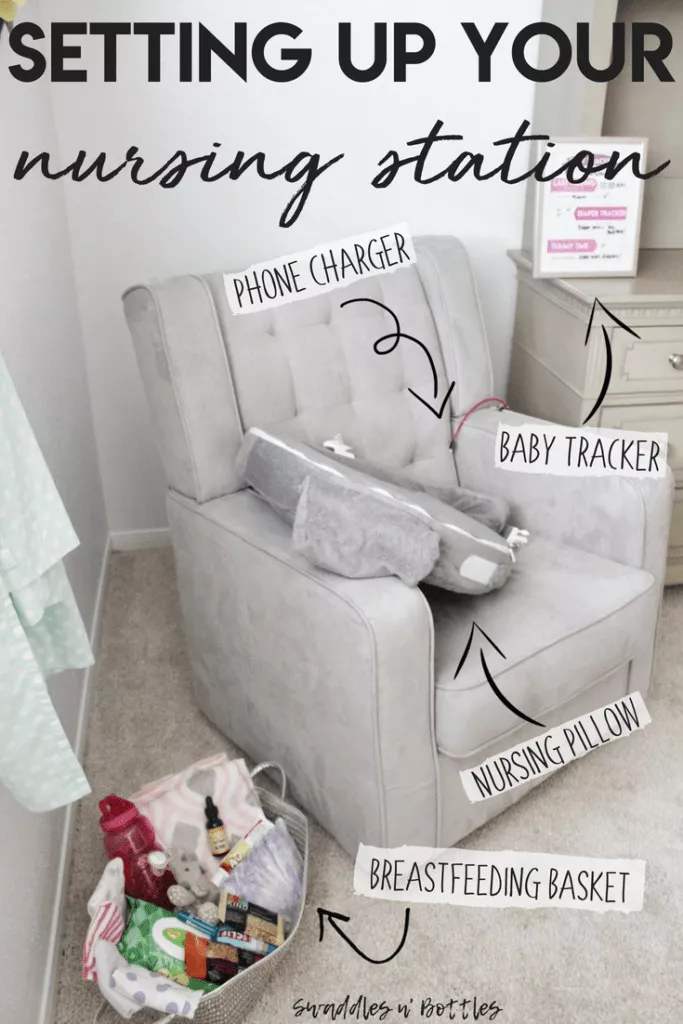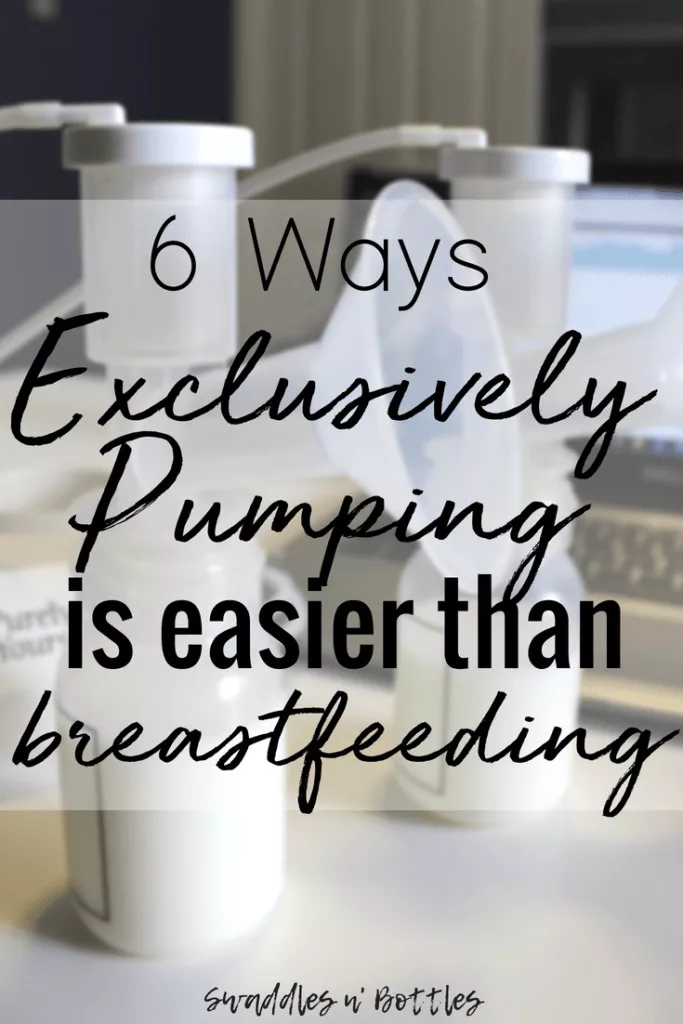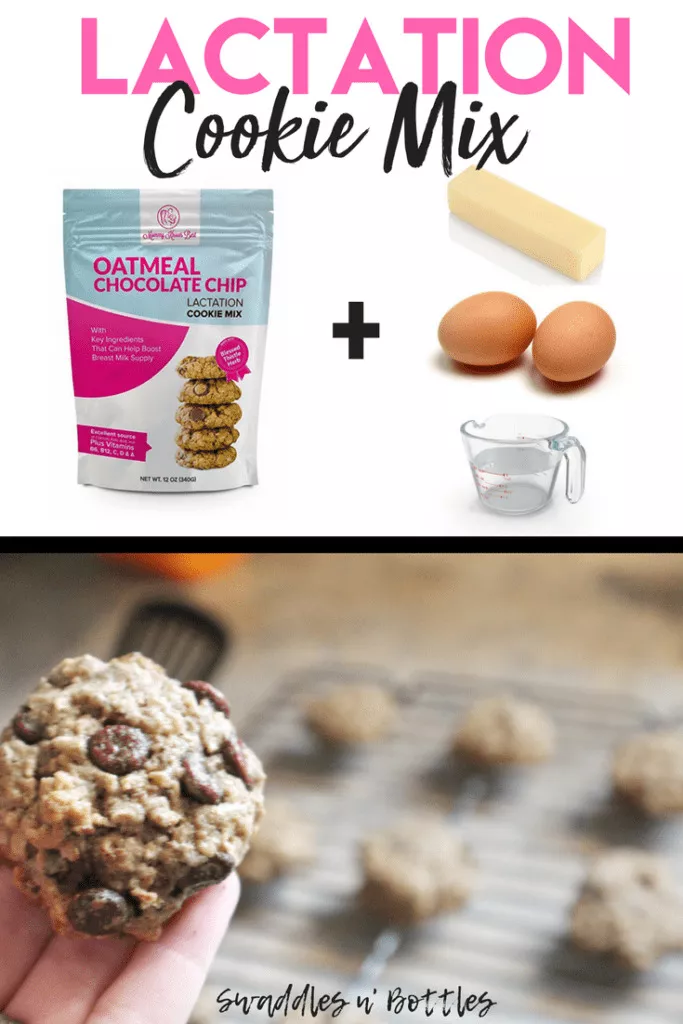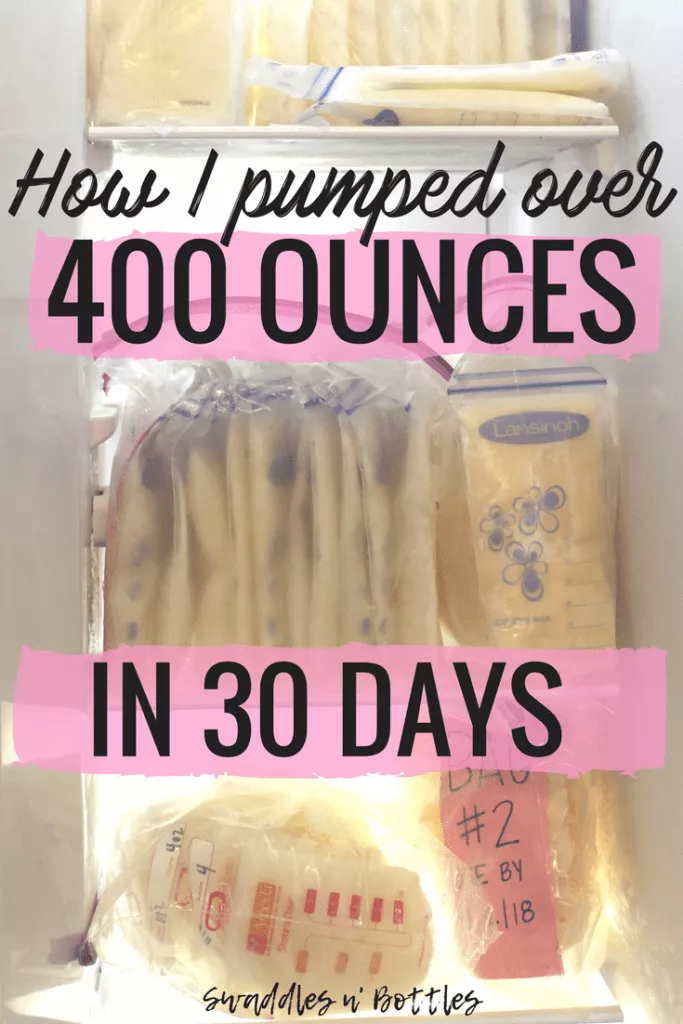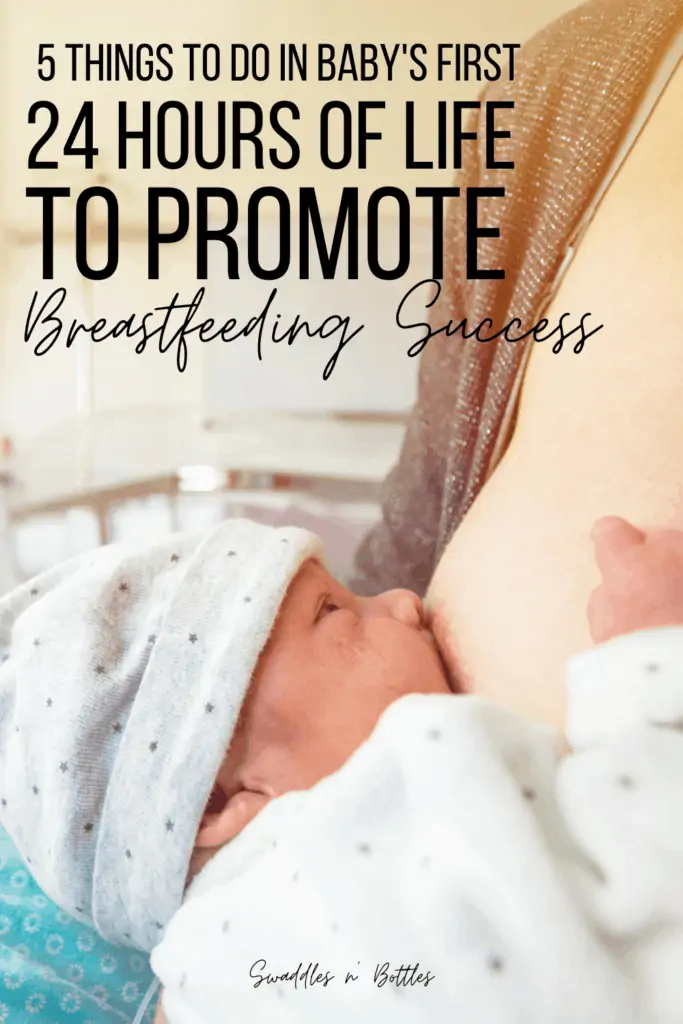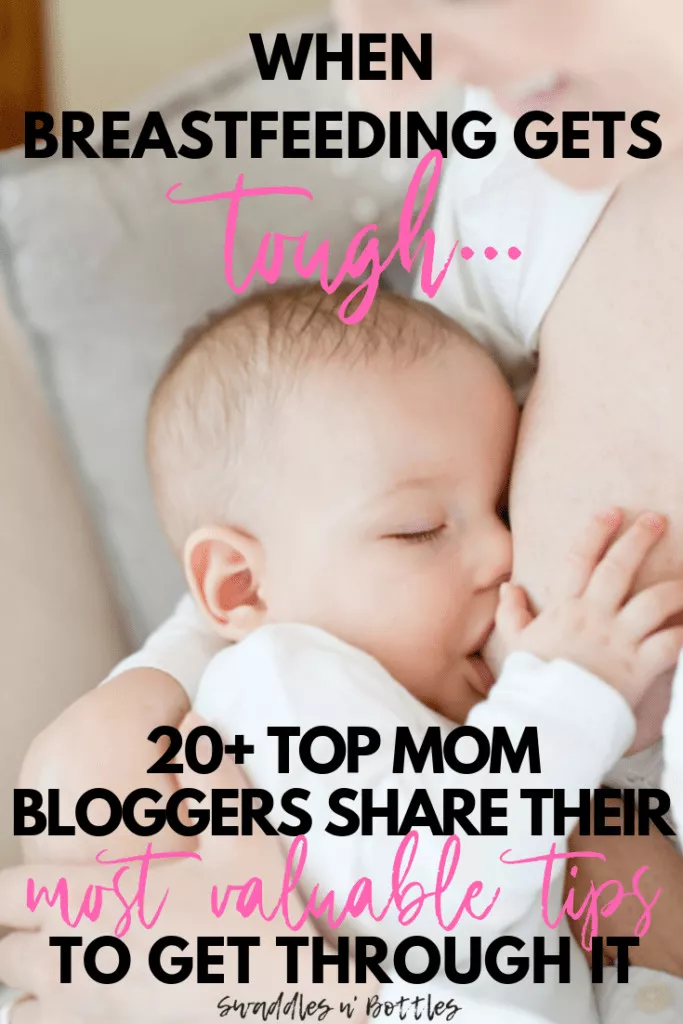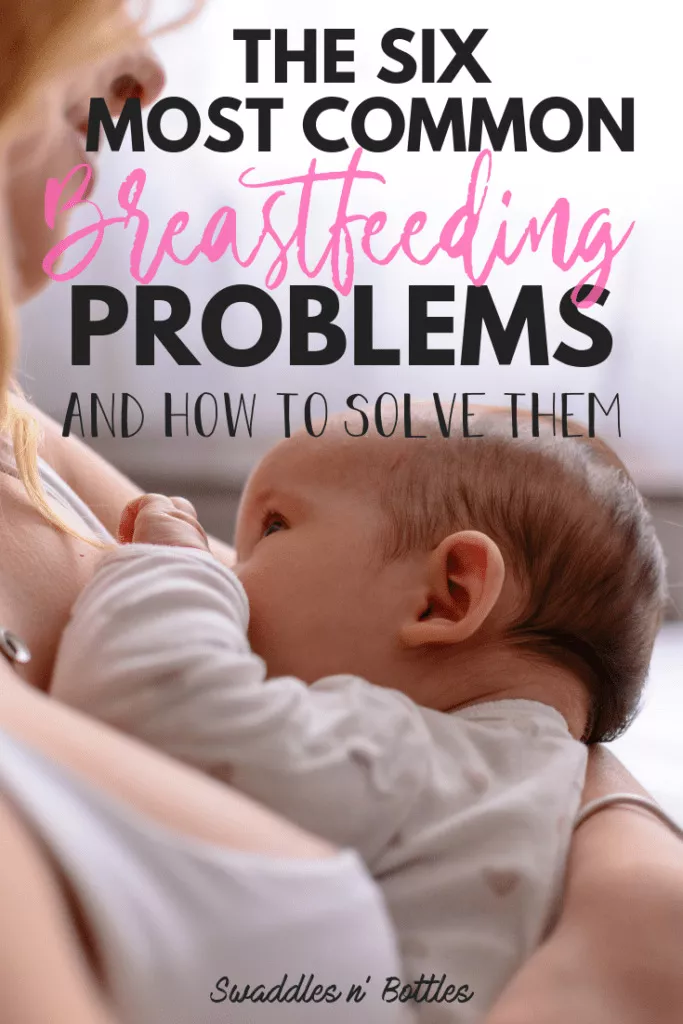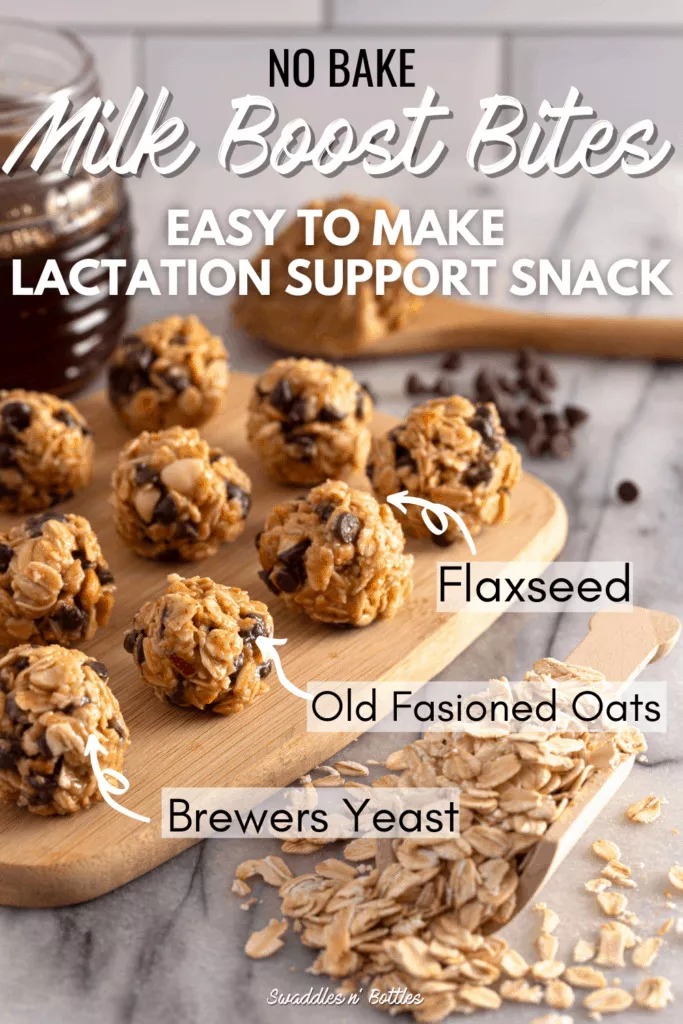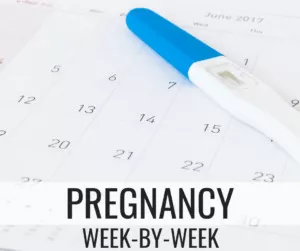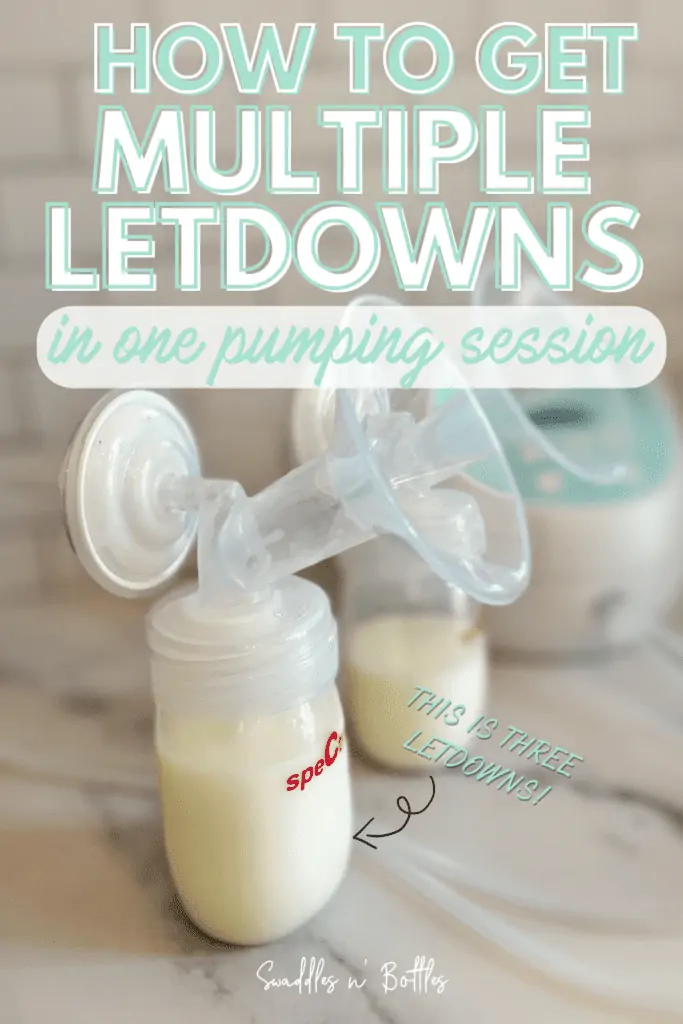
Any mother who has ever spent time on her breastpump knows how much of a labor of love expressing milk is. It is not only time consuming, but can also be a source of frustration if you are expressing less than desired. Luckily, there are a few ways you can maximize your output. The best way to get the most milk out of a single pumping session is to have more than one letdown.
What is a LetDown?
A letdown occurs when your breast receives the signal that it is time to release the milk. This signal comes from either your baby latching and sucking or from your breast pump. As baby latches or your begin pumping, your body releases oxytocin which tells your body it is time to bring on the milk! By having more than one letdown in a pumping session, you can increase your milk output.
How to Get More Than One Let Down In a Single Pumping Session
The first key to more than one letdown is time. It is very unlikely that you will get three letdowns in 10 minutes. If you want additional letdowns, you will have to commit to a longer pumping session. A good rule of thumb is one letdown every 20 minutes.
Having a hands-free pump bra will greatly help get through longer pump sessions. We recommend the Momycozy Hands-Free Pump Bra, Available on Amazon.
Once you’ve committed to a longer pumping session, it’s important to ensure you are using your pump correctly to send those letdown signals to your breast. Just for reference, I am using the Spectra S1 and will be referring to those buttons through this post. The Medela pumps come with a built-in transfer from letdown to expression mode and usually switches over at the two-minute mark.
The button in the center of a Spectra pump that looks like three wavy lines is the “mode” button. There are two different modes: the letdown mode (also called massage mode) and the expression mode. These two modes are intended to mimic your baby when nursing: they will begin with light sucking, which will signal the letdown. Once the letdown occurs, they begin taking longer and stronger pulls at the nipple and expressing more milk.
When I turn on my pump, I begin in letdown mode until I begin to feel the pull and the pressure of my letdown (usually around 1 and a half to two minutes into pumping). Once this occurs, I change the mode to expression and stay in this mode until my milk is no longer coming out in sprays. At this point, I switch back to letdown mode to signal for my body to have another letdown. I also like to add a lactation massager to my pump session at this point. The vibrations will help stimulate an additional letdown. Once my second letdown beings, I follow the same process of switching to expression mode.
The Other Important Settings on Your Spectra Breast Pump
In addition to the mode button, there are two other very important settings to understand: the cycle and vacuum settings.
The cycle setting controls the frequency of the suction. The higher the number on the cycle setting, the faster the suction. The vacuum setting controls the strength of suction. Again, the higher the number, the stronger the suction. When pumping for the first time, it is suggested that you start on the lowest vacuum setting and slowly increase it until you find your personal best setting that does not cause any discomfort.
When it comes to the cycle setting, I personally see the best results when starting with a higher number before my letdown phase. Once I feel my first letdown happening, I will switch to a lower cycle number. The lower setting will allow for longer, slower pulls which will maximize milk output.
Hopefully, these tips help you have more than one letdown and make more milk for baby!
